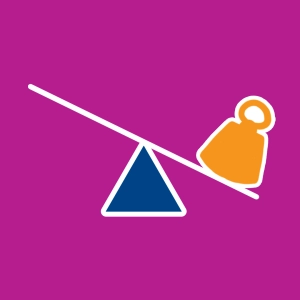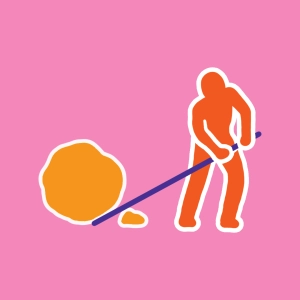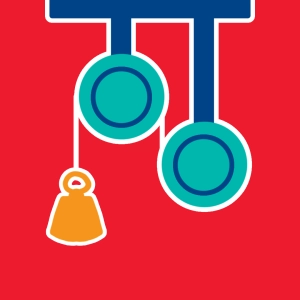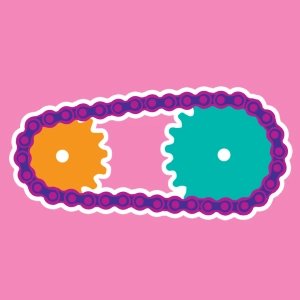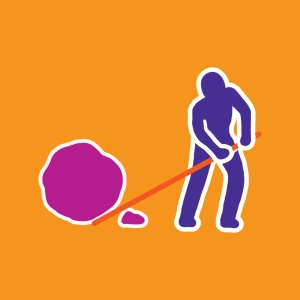 Types of levers
Types of levers
Learning objectives
- To understand the principle of the lever.
- To relate levers to everyday objects.
The lever is one of the simple machines.
A lever which is a movable bar moves around a supporting point (fulcrum). Two forces act on the lever:
- the resisting force of the object (its weight),
- the driving force applied to lift the object.
These two forces are applied to the bar at a certain distance from the fulcrum. This distance defines the lever arms of the forces.
The ratio of the resistant and driving forces is the inverse ratio of their leverage. If the fulcrum is close to the object (short lever arm) and the force applied further from the fulcrum (longer lever arm), the effect of the force on the object is large. The lever arm ratio is the inverse of the relative strength.
A short lever arm transmits an large force for a small displacement. Unlike a long lever arm which transmits a smaller force but the amplitude of its displacement is larger.
The lever is a device which makes it possible to either increase the effect of the driving force on the object or to maximize the displacement of the object.
Slide the cursor where the fulcrum is located.

Discover EduMedia for free
The interactive encyclopedia that brings science and math to life in the classroom.
Over 1,000 resources

